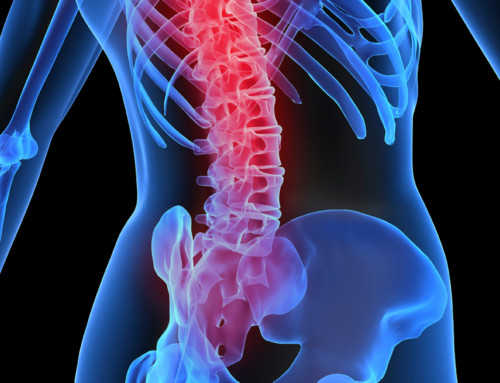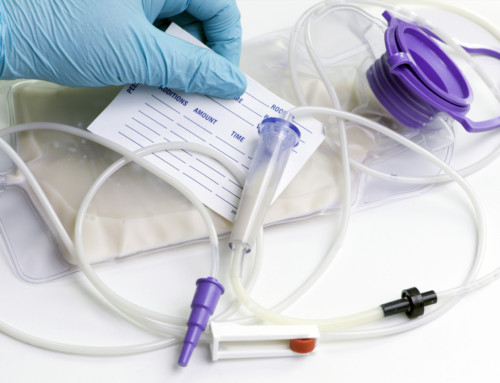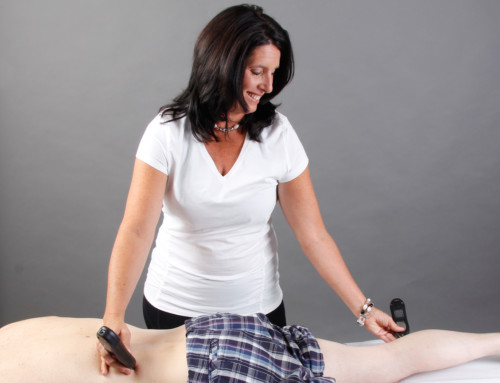I was teaching a course last weekend and doing a typical Standard Protocol demonstration. There was a therapist student in class who had been diagnosed with a herniated disc between L4 & L5 vertebrae. She reported she had been in constant pain for many years with this condition, despite many therapeutic interventions.
Pain levels were a consistent 4 – 5/10 and could get much worse depending on her activity level. Her movement in forward flexion and bending down to pick something up was very poor, slow, and jerky. When she bent down she always had to prop herself with one hand on her knee or thigh so her back would not give out. She could not get up off the floor without propping her hands on her knee or a chair to stand up. It was observed she displayed sub-clinical radiculopathic signs, (tropedema and sudomotor), between the segmental levels of L2-S2. Her right sacrum was in a “upslip” position (raised) on the right side, suggesting a shortened medius and/or piriformis.
After ONE Standard Protocol treatment her pain level was reduced to a 0/10! Her functional movements in flexion and squatting instantly changed to smooth and controlled. She could now touch the floor with NO problem and we had her sit down and stand up, and reach for things off the floors and she did it with ease and NO Pain! The class was so excited to see her functional changes, and of course she was completely thrilled.
Q? Now why did this work? And why did she have to suffer for so long at the hands of other therapies? A. Apparently her spine was compressed with a right positional sacral rotation (a manifestation of shortened piriformis/medius), a difficult condition to treat using conventional manual therapies and modalities. The spinal nerve root compressions were “influencing” & weakening the right buttock muscles and the patient’s lifestyle aggravated her condition by crossing her legs and constantly wearing heels. Without specialized manual techniques (piriformis release) or the intervention of microcurrent (paraspinal release/standard protocol), her condition probably would have persisted indefinitely.
Why so many people live with chronic low back pain (after injuries), when often they can be effectively & immediately treated with MPS Therapy always amazes me! For those therapists who may have patients suffering from above conditional symptoms, try Standard protocol! Every time I use this technique, it immediately improves patient functioning and significantly improves quality of life!! Have a great healing week!
Kelly Armstrong, OTR/L, MMP-MPS







I have a story to tell also about MPS wonders in one case, in my practice where do I summit it.
Hi Manuel, please email us at info@dolphinmps.com